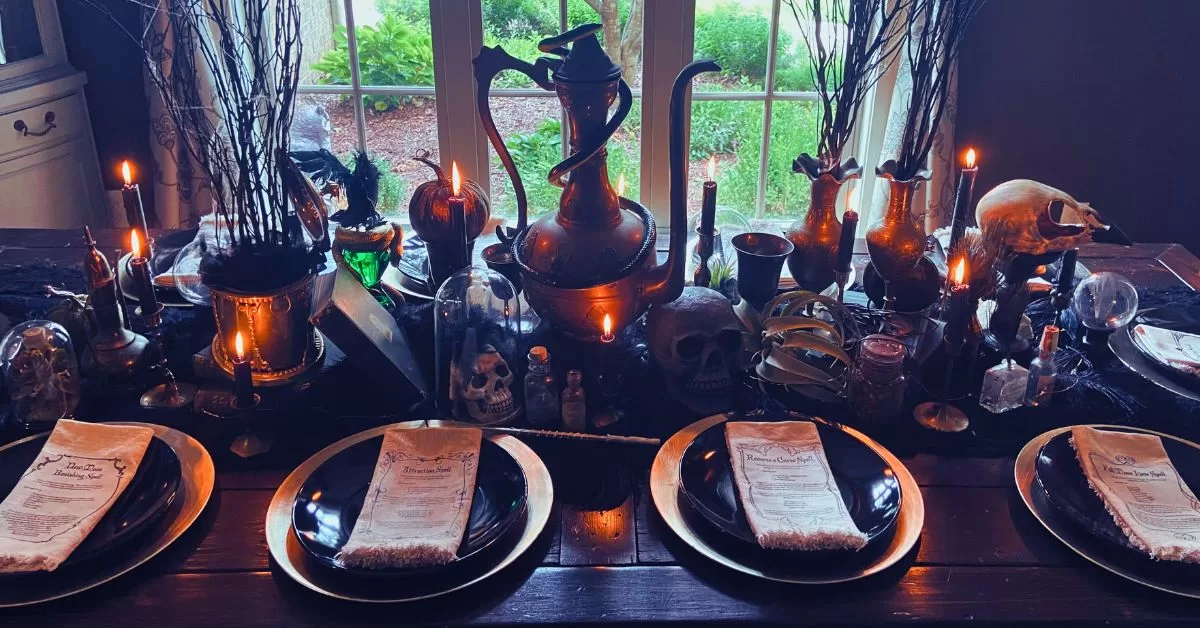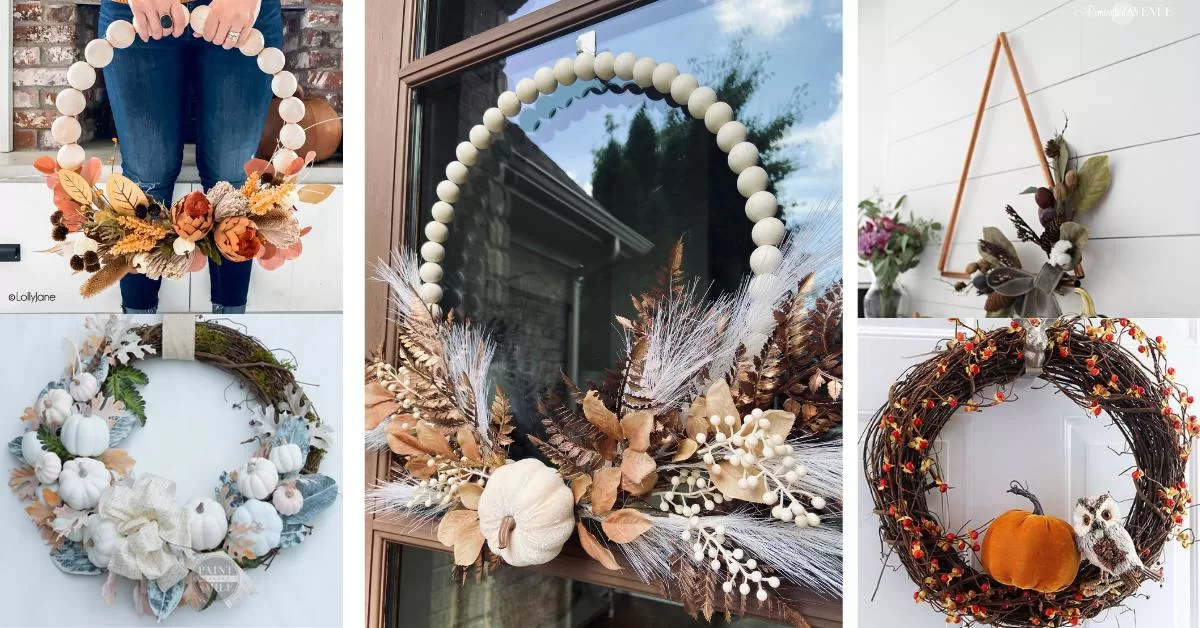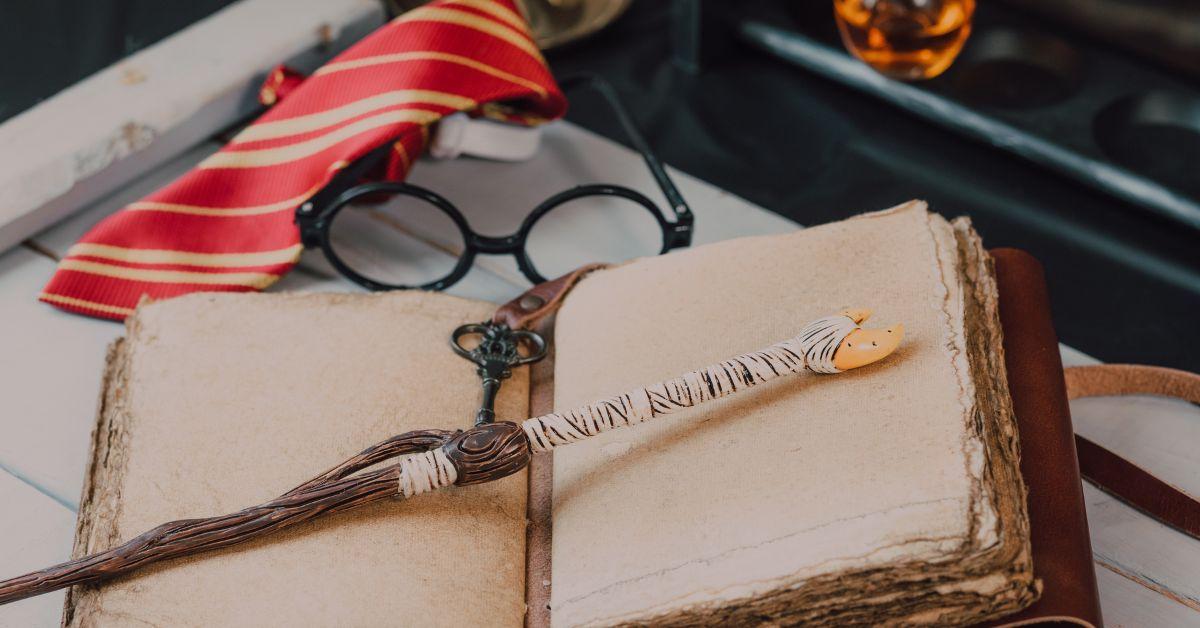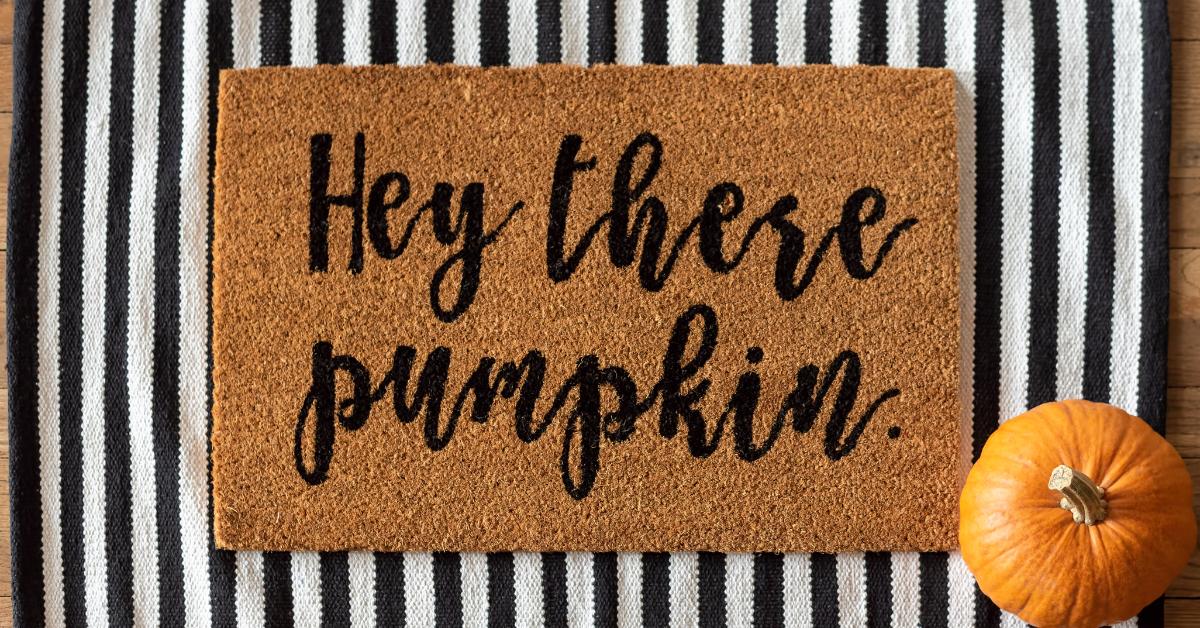Staining furniture may be intimidating at first. In this article, I’ve outlined how to stain wood furniture and have provided some extra tips so you can feel confident with your next furniture staining project!

SHOULD I STAIN OR SHOULD I PAINT?
This is the million-dollar question, isn’t it? Obviously, painting versus staining is a personal choice but for myself, I take a few key factors into consideration when choosing whether to refinish or cover that original wood:
1. Condition of the wood.
If the finish of the wood is lightly scratched or scuffed, it’s likely salvageable to be re-stained. Wood with deeper knicks and even missing chunks will likely need to be filled and shaped with wood filler, which can be tricky to stain. Yes, there are stainable wood fillers, but they will never achieve the exact wood grain and color of the wood you’re blending it with.
After all, it’s not wood!
Also, different types of wood absorb stain in different ways. Pine furniture never stains evenly for me, but typically oak or maple turns out great.
2. Time
In my opinion, staining is a bit more time-consuming. You have to strip (sometimes) and sand more thoroughly than if painting. Granted, you don’t have to prime and paint several layers but you still need 1-3 coats of stain, plus a sealer. It’s not a huge time difference, but overall my staining projects are more time consuming than painting a similar piece. A piece with a lot of detail will definitely require more time to remove stain and reapply.
3. Profit Potential
This applies to those of you who are looking to sell the piece to make a profit. Unfortunately, what works for my local area may be completely different for you!
For example, let’s say that in my area, I can paint a vintage dresser and sell it for a profit of $200 for 4 hours of labor. I may be able to sell the same dresser that has been refinished with stain and a top coat for a profit of $275 but for 7 hours of labor. In this case, I’m definitely going to paint the dresser because I’m getting a higher amount for each hour of labor that I put into the dresser makeover process.
Make sense?
4. Personal Taste
Of course, the most important factor in choosing to paint or stain is your personal taste and style. For instance, I chose to restain an entire mid-century bedroom set for my own bedroom because I wanted that deep, rich wood look to offset the lighter colors in my room.
Yes, it took a lot of man-hours, but I wasn’t digging the original orange-tone stain and just couldn’t get on board with painting it. A darker stain with silver hardware was exactly what I wanted.
Whether you’re keeping the piece for yourself or trying to sell it, the bottom line is it is your piece, your creativity, and your style. Run with it!

DO I NEED TO USE A CHEMICAL STRIPPER?
Chemical paint and varnish strippers are messy but can be a necessity when removing old layers from a piece. I’ve easily sanded finishes off of some pieces, while others took some extra steps with stripping and then sanding.
The only time I feel it’s 100% necessary to strip is when your piece is old and has paint to remove before can you re-stain it. This is because older paint (pre-1978) can contain lead, which is toxic if released in dust particles (a direct result from sanding).
The safer route would be to strip the paint to remove it; even then, take precautions to protect yourself from potentially harmful substances.
Otherwise, it is possible to sand the top of a piece down to bare wood without using stripper beforehand. It’s harder to sand around details in a piece (spindles, trim detail, etc.) and stripper may save your time and frustration with this type of furniture. Remember, your new stain color will not absorb in any area with remaining layers of stain/topcoat on the wood.


HOW TO STAIN WOOD FURNITURE: 6 STEPS
1. BEFORE ANY STAINING CAN HAPPEN, PREPARE YOUR MATERIALS AND SPACE
This is just as important as any other step. Get your materials ready beforehand and set up your space to maximize your efficiency (and ensure you are staining safely). I choose to sand and stain outside for maximum ventilation, but I also recommend a respirator mask to protect those lungs! Don’t forget eye protection when sanding and gloves when staining to protect your skin.
Here are the materials you’ll need for a basic staining project.
SOURCE LIST (STAINING PORTION ONLY):
- Dropcloth
- Lint-free cloths
- Plastic putty knife
- Protective gear: respirator mask, gloves, protective eyewear
- Klean Strip Kwik-Strip Paint and Varnish Stripper; another good option is Citristrip Stripping Gel
- Odorless Mineral Spirits – I like Klean Strip or Jasco “Green” brands
- Stain of your choice (water-based stain)*
- Topcoat of your choice – Varathane Polyurethane is a good option for wood staining projects OR Minwax Polycrylic Protective Finish as well
- Electric sander and/or sanding block with sandpaper (180-grit and 220-grit)
- Brushes for stain, such as a foam brush, cloth, or natural-bristle brush
- Purdy Nylox Paint Brush for topcoat
- Shop towels or paper towels for clean-up
* My experience is with water-based stains since they are easy to apply and tend to be less expensive and put off less fumes. Application techniques for chemical stains, alcohol-based, or oil-based stains will be different than water-based stains.
2. STRIP THE OLD PAINT/STAIN WITH A CHEMICAL STRIPPER
I’ve mentioned that I try to avoid stripping if I can. It can get messy, smelly, and time-consuming, but sometimes it is necessary to give the smoothest and most even finish.

Follow the directions for your stripper since different ones require different wait times and processes. Use a plastic putty knife when scraping, not a metal one! If you’re dealing with a detailed piece and lots of crevices, try a metal brush or Q-tip to get all that gunk out! Clean your piece thoroughly to remove any residue.
3. SAND IN STAGES FOR A SMOOTH FINISH
Stripping removes the bulk of old payers of paint, stain, and topcoat and sanding will take care of the rest, while providing a smooth finish.
If your piece needs a bit of stainable wood filler, now is the time to use it before sanding everything down. Let it dry completely before sanding.
With sandpaper, the lower the number, the coarser the grit. So, 80-grit sandpaper is very course and would remove a finish from wood easily, while 220-grit is very fine and would be used as a finishing stage just prior to sanding.

Bottom: After sanding.
If you’ve used a stripper, you can likely start with 180-sand paper and finish with 220-grit. For those of you skipping the stripper stage, you might need to start with a courser sandpaper, like 80-grit.
Be gentle with sanding and sand in the direction of the wood grain – it’s easy to damage the wood if you apply too much pressure or use a courser grit.
4. CLEAN AND CONDITION THE WOOD WITH MINERAL SPIRITS
If you’ve ever used mineral spirits, you know that it is the best way to remove grime and build-up, just like the residue left behind from stripping and sanding. It picks up all the little specks of sawdust and dust and leaves the wood with a polished look. I like to use Klean Strip or Jasco “Green” Odorless Mineral Spirits.
Just make sure the wood is left to dry completely before moving on to the staining step.
5. STAIN THE FURNITURE
Here’s the fun part – finally staining! If you are staining only part of a piece, be sure to cover and tape off the areas you don’t want stained (stain is thin and will run and splatter easily).

Bottom: Wiping off excess stain after a set dry time.
After mixing the stain per the directions, I apply my stain with a paintbrush, a clean cloth, or a disposable foam brush.
Whichever way you choose, the goal here is to apply a nice, even coat. No runs, no ultra-thin spots or globs.
Brush in the direction of the wood grain, not against it. You can use a small brush to get in cracks and crevices. Remove any drips right away and dry/reapply according to the staining directions.
Some stains will need to dry a few minutes while others take longer; most stains advise to not dry completely. Make sure you follow the directions for your particular stain!
6. SEAL THE STAINED PIECE WITH A PROTECTIVE TOPCOAT
Your last step – hurray!
A topcoat is important because it provides protection to the wood, gives the wood a polished finish “seals in” the color you’ve achieved.
You’ve got a lot of options, here – wax, polyurethane, polycrylic, tung oil, even certain stains or glazes can be a topcoat. For most of my staining projects, I use an oil or water-based polyurethane or polycrylic finish.

Topcoats come in different finishes (i.e. matte, satin, gloss) so you can choose according to the style you want to achieve. You can spray them or brush them on (I typically buy sprayable poly for smaller pieces with a lot of detail, like metal plant stands or chairs with a lot of spindles).
Here’s a rundown of the three topcoats I use the most:
| Oil-based Polyurethane | Water-based Polyurethane | Polycrylic |
| Most durable finish, especially against high temperatures or water (great for high-traffic pieces that need extra protection) | Still durable but not as durable as oil-based polyurethane; great for pieces that take some wear but aren’t exposed to water or high temperatures (i.e. a desk) | Durable but not as strong as polyurethane (I would not recommend for kitchen tables or coffee tables). Best used for low traffic pieces like a dresser or console table |
| May dry with a slight yellow tint so I use this only with dark stains that take a lot of wear | Tends to not yellow when applied over stain | Tends to not yellow when applied over stain |
| Stronger fumes, need respiratory protection and ventilation | Less odor and toxicity compared to oil-based polyurethane | Least odor and toxicity |
| Dries slower, easy to apply | Dries slower, easy to apply | Dries quickly, which can be tricky when trying to get a smooth coat over a large surface; may require sanding between coats to minimize brush strokes |

I hope this article on how to stain wood furniture has been informative and will help you along with your next staining project!
All of the photos in this post were from real-life projects. You can see more details and fuller tutorials for this Vintage Typewriter Desk Makeover and How to Reupholster a Vintage Rocking Chair.
For more DIY tutorials and inspiration, subscribe to my email newsletter and join me on Instagram, Pinterest, and Facebook!








